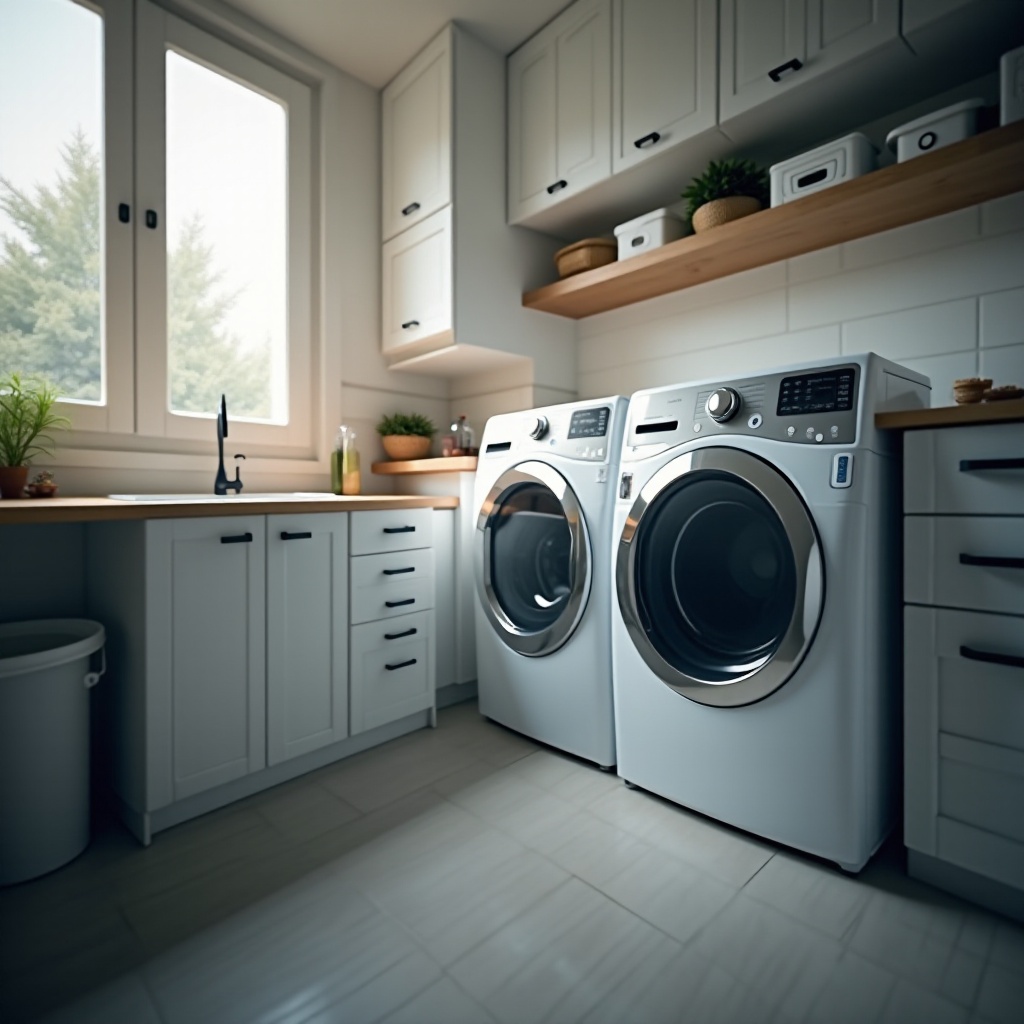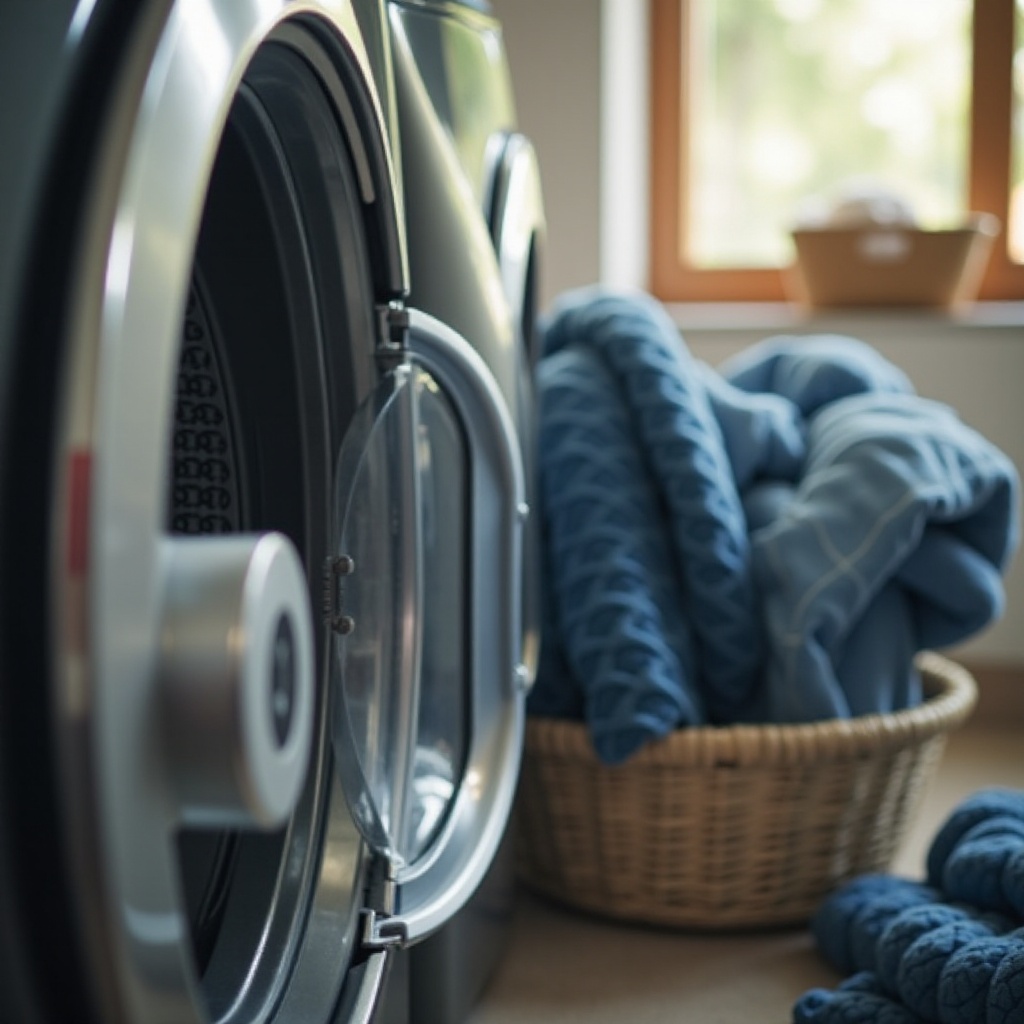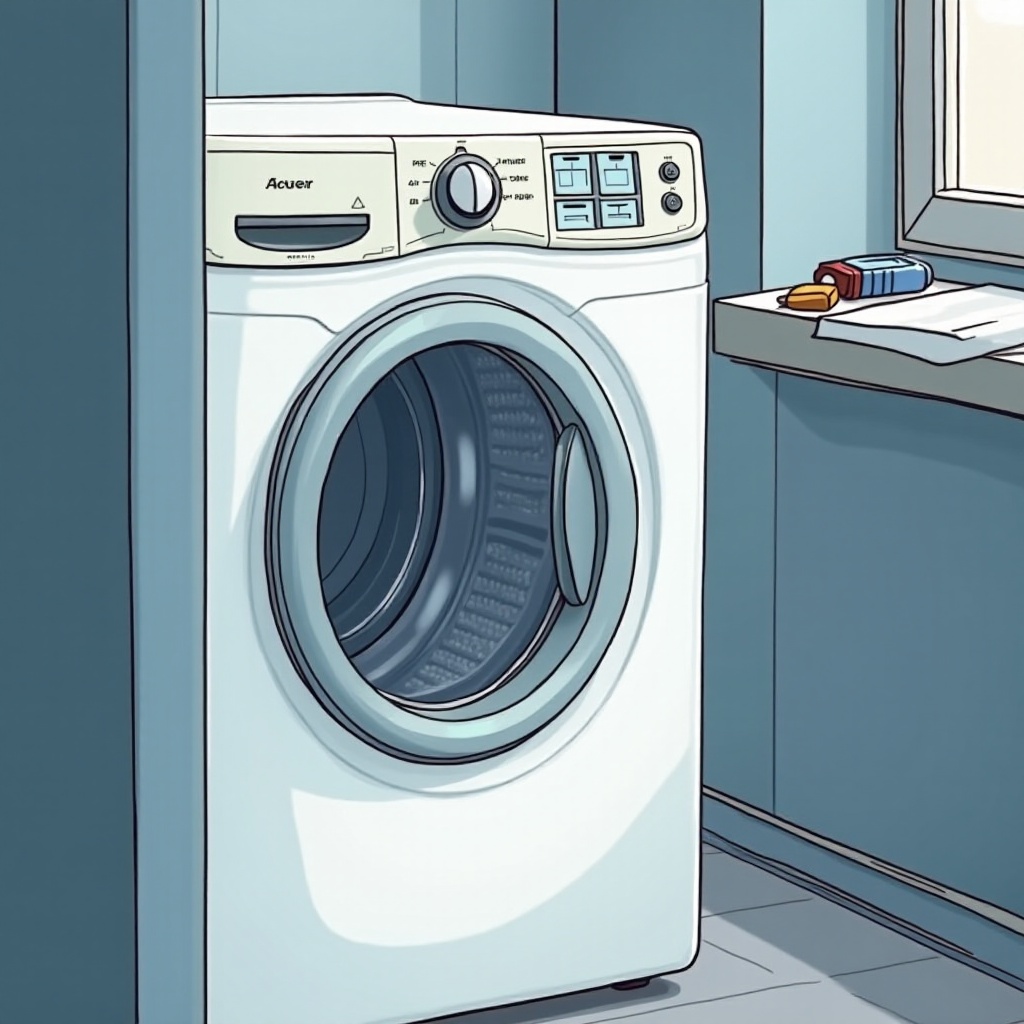Introduction
Dryers are essential for efficient laundry routines, but they can be frustrating when they start and then unexpectedly stop. This interruption not only disrupts chores but may also indicate deeper problems needing attention. This guide explains common reasons behind this issue and provides step-by-step solutions to help you troubleshoot and maintain your dryer effectively.

Understanding the Problem
When a dryer starts but stops shortly thereafter, it often signals a mechanical, electrical, or user-related issue. Recognizing these signs early can help you avoid more significant breakdowns and costly repairs. By understanding these potential causes, you can better prepare to effectively troubleshoot them. Let's explore the most common issues behind this malfunction to lay the groundwork for later solutions.
Common Causes of the Issue
To troubleshoot effectively, know what common problems might be affecting your appliance. Here's a breakdown:
- Overheating Problems: Dryers include thermal fuses that prevent overheating. If your dryer shuts off soon after starting, a blown thermal fuse might be the cause, triggered by high temperatures.
- Motor Malfunction: The drive motor is a crucial component. If it's aging or overworked, it might overheat and trigger the dryer to stop, protecting the motor from damage.
- Blocked Vents or Lint Traps: Proper airflow is vital. A clogged vent or lint trap causes overheating, leading to automatic shutdowns as a preventive measure.
- Electrical Issues: Faulty wiring or blown internal fuses may lead to inconsistent power, causing the appliance to stop unexpectedly.
With a clear understanding of potential causes, you can attempt various troubleshooting methods to fix these issues.

DIY Troubleshooting Steps
Before calling a repair professional, attempt these simple DIY troubleshooting steps:
1. Step-by-Step Diagnosis Guide:
- Verify the dryer's power source is firmly connected and the circuit breaker is not tripped.
- Check the door switch for secure closure, as dryers won't operate if it's malfunctioning.
- Inspect and clean the lint trap thoroughly to ensure efficient air circulation.
- Open the back panel and check for any blown thermal fuses; replace them if needed.
2. Safety Precautions:
- Always unplug the dryer before performing internal checks or repairs.
- Wear protective gloves and safety goggles if dismantling parts of the dryer.
- If unsure about safely conducting a repair, it's wiser to consult a professional technician.
After conducting these checks, if the problem persists, it may be appropriate to seek professional assistance.

When to Call a Professional
Not all dryer issues are fixable using DIY methods. Here’s when to bring in the experts:
- Indicators that Require Expert Intervention: Persistent electrical problems usually need professional attention to avoid potential hazards or broader household electrical issues. If the motor consistently overheats, a technician can offer a detailed diagnosis.
- Cost Considerations and Warranty Checks: Check if your appliance repairs might be covered under a warranty, possibly saving you significant repair costs. Weigh the costs of repeated repairs against purchasing a new dryer if issues are continual.
Knowing when to seek professional help will prevent further damage and keep your dryer functioning efficiently. Now, focus on preventive measures to maintain a long-lasting appliance.
Preventive Measures
Taking preventive steps helps prolong your dryer’s life and ensures consistent functionality.
- Regular Maintenance Tips:
- Schedule regular cleaning and inspections of internal components to support efficient function.
- Routinely clean both the exterior and the lint filter to prevent troublesome blockages.
- Usage Best Practices to Prevent Recurrence:
- Avoid overloading the dryer; oversized loads can strain the motor and other key parts.
- Choose appropriate settings for various fabrics and load sizes to enhance efficiency and appliance longevity.
These preventive steps keep the dryer running smoothly, reducing unexpected problems and extending its service life.
Conclusion
Identifying and resolving issues causing the dryer to start and then stop can save you time and money. By employing DIY troubleshooting steps and understanding when professional service is necessary, you›ll effectively address common problems. Regular maintenance is pivotal in avoiding future disruptions, ensuring your dryer operates smoothly and efficiently for years.
Frequently Asked Questions
Why does my dryer keep stopping after a few minutes?
This issue is often due to overheating, which may result from a clogged vent, faulty thermal fuse, or motor issues. Address these potential problems to restore normal function.
Can I fix dryer issues myself?
Many dryer issues can be tackled with DIY repairs, provided you take safety precautions and have the necessary knowledge. However, complex electrical or mechanical problems are best left to professionals.
How often should I clean my dryer's lint trap?
For optimal performance, clean the lint trap after every use. Regular maintenance prevents clogs and ensures safe operation.
